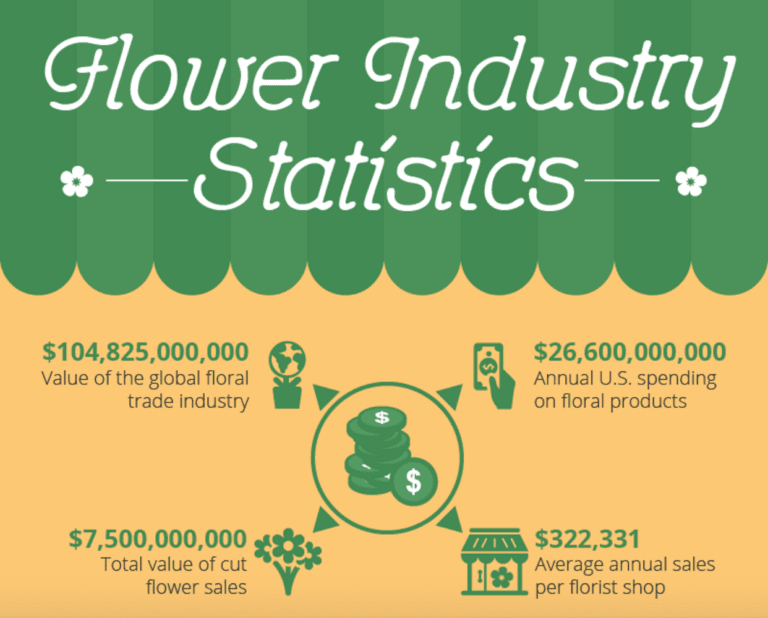Java Fern Growth and Care
Primarily used in aquariums as a decoration, Java ferns are one of the easiest plants for aquarists to grow. This tiny fern provides a good hiding place for fish and mimics their natural habitat. Known as Microsorum Pteropus, it’s found in China, Malaysia, and Taiwan. The fern naturally grows in roots and rocks along rivers and waterfalls. Common Java Ferns used in aquariums include the Needle Leaf, Narrow Leaf, Lance Leaf and Windelov.

Table of Contents
What You Should Know about Java Fern
Java fern doesn’t grow in soil or water. It grows only when attached to driftwood or rocks in an aquarium. Some pet stores sell ferns already connected to a piece of driftwood. It takes awhile for it to grow after it’s planted, but once it does, it fans out to make your aquarium look more attractive.
It has green rhizomes, and it’s a striking addition to any 10-gallon or more freshwater planted aquarium, perfect if you have cichlids or South American fish. Even goldfish or other plant-eating fish leave the ferns alone. Your water pH should be 6.0 to 7.5., with an alkalinity of 3-8 dKH (aka carbonate hardness). And it does well without carbon dioxide.
If you see black lines through the leaves, your plant’s not in trouble. They have black veins running through them. You also might occasionally notice black bumps, which grow new leaves.
Java fern is one of the easiest to use and most in-demand aquarium plants. Learn more tips and tricks to making your aquarium look good from Jacob Castro in this video “Jacob’s Plant Guide: Java Fern” from the Jacob’s Aquarium YouTube Channel
Planting and Replanting Java Fern in the Aquarium
Plant Java fern alone or with groups of other plants. These delicate ferns add a pleasant look to the center of the tank when planted with other types of aquatic plants, or when laced around gravel and aquarium decorations.
Moving or replanting those ferns stunts growth for awhile, but in a few weeks new plants may grow up to six inches wide and a foot tall. It grows in tanks as small as ten gallons and up to 55 gallons or more, with soft to moderate water and a temperature of 72-82 degrees F. If water is clean you won’t need to add fertilizer.
When planting, you’re not planting or attaching them to soil or a substrate. If you do bury roots in substrate, the fern absorbs nutrients, and the plant will grow slowly or die. It’s a sturdy plant, and it may survive for a few weeks in gravel or soil, but for the long-term, you should attach it to rock or wood.
Attach Java fern plants or plantlets to rocks or wood pieces. Tie roots of the plant with threads or zip ties to keep them firmly attached. Threads dissolve over time, but you need to remove zip ties when roots grow and secure to the rocks.
Mike from Mass Aquariums explains the correct way to attach fern in the video, “Java Fern: How to plant it or not” on the Mass Aquariums YouTube Video Channel
Place Java fern in the middle or back of your fish tank. Large Java ferns or too many separate plants may obscure fish and other decorations if the plants bloom in the front of the tank.
Lighting Conditions for Java Fern
Aquarists differ on whether it needs bright or dim light.
Intense light may burn leaves and result in brown or transparent spots which you’ll need to prune.
Reduce brightness with small incandescent bulbs or softer fluorescent ones. Java fern is one of the best plants for a low-light aquarium.
The Java fern needs 1.5 watts of light for each gallon of water, and 5000-7000 K bulbs work efficiently on most tanks.
Java fern will survive in brackish water. It’s a freshwater aquarium plant, but can stand a bit of salt, up to a water salinity of 1.009. It grows adventitious, or random plantlets on older leaves. You can remove and replant these plantlets anywhere in your tank. Cut them with sharp, sterilized scissors, then tie them to rocks or wood with thread.
In low-tech and low-light aquarium environments, it expands into a fan shape and randomly create release new plantlets.
You won’t need to worry about your fish eating the Java fern. It has a bitter taste that even herbivores avoid.

Problems with Java Fern
If you’re not noticing any growth in your newly planted fern after a few weeks or months, your water may not carry enough nutrients. Use liquid fertilizer according to label directions until plants start to grow again. The fertilizer you choose should contain iron, which keeps the ferns green. Without enough iron, it’s leaves will turn drab olive and then black. Adjust the amount once the plants are big enough for your liking. Black spots on leaves indicate nitrogen deficiency.
Brown splotches (just like black bumps) on your fern’s leaves are spores that will eventually turn into new plantlets.
Change 10% to 25% of your aquarium water every two weeks to prevent excessive accumulation of nutrients and fish waste. Dirty aquarium water harms not only Java fern but other plants and fish.
Java Fern Melt
Java fern melt occurs when leaves develop large brown spots, turn mushy and rot. (The plant’s rhizomes may remain even though the leaves have rotted.) Melt may be due to one of the following conditions:
- Low nutrient level
Although they ferns don’t need a lot of fertilizer to keep them healthy, you may have to add more liquid fertilizer to the plant to restore nutrients.
- Too much blue-green algae (BGA)
The “algae” that causes melt is a form of bacteria called cyanobacteria, which photosynthesizes like algae. It covers the fern like a thin film and feels slimy to the touch. You can peel and lift it off the fern or other surfaces where it grows. A poor nutrient level causes cyanobacteria to form.
- Too much light
If you light you tank too brightly, the fern may melt. To resolve this, turn off the aquarium lights for three days and cover with a blanket.
Conclusion
In conclusion, Java Fern is a great addition to any aquarium. It is a hardy plant that is easy to care for and can thrive in a variety of water conditions.
One of the benefits of Java Fern is that it doesn’t require any special lighting or CO2 injection, making it a great choice for beginners or those who don’t want to invest in expensive equipment.
Java Fern is also a slow-growing plant, which means it won’t take over your aquarium and will require less maintenance over time.
In terms of aesthetics, it has a unique look that can add texture and depth to your aquarium. It can be attached to rocks, driftwood, or other decorations to create a natural-looking environment for your fish.
Overall, ferns are great additions to any garden, and with many varieties, you are sure to find one that will meet your needs.
Frequently Asked Questions
How do I propagate a Java fern?
It can be propagated by dividing the rhizome, which is the thick, horizontal stem that the leaves grow from. Simply separate the rhizome into smaller sections and anchor them to rocks or driftwood.
What are the benefits of having a Java fern in my aquarium?
Java ferns provide a natural and aesthetic look to aquariums, and they also help to improve water quality by absorbing nitrates and other pollutants.
Can Java ferns be grown in a planted tank with other aquatic plants?
Yes, they can be grown in a planted tank with other aquatic plants. They are known for their ability to coexist with other plants without competing for nutrients.
How fast do Java ferns grow?
They are slow-growing plants and can take several months to establish in a new aquarium. However, once they are established, they can grow up to several inches in height.


